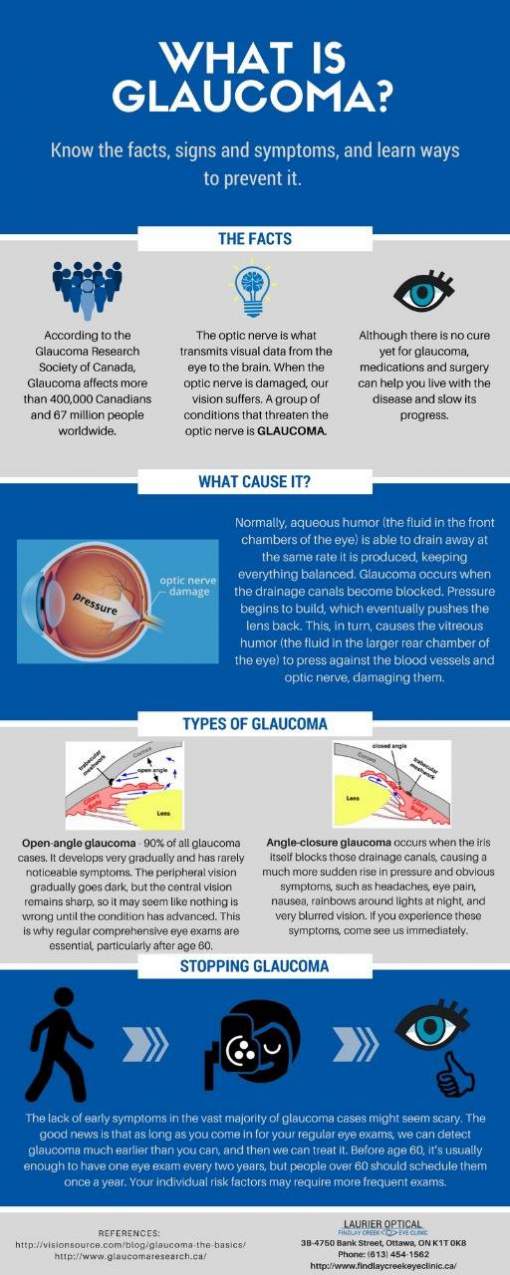The Development Of Modern Cataract Surgical Treatment Techniques: A Thorough Examination
The Development Of Modern Cataract Surgical Treatment Techniques: A Thorough Examination
Blog Article
Article Developed By-Cullen Humphrey
As you explore the development of advanced cataract surgical procedure techniques, you'll witness a trip noted by resourcefulness and precision. From ancient methods that paved the way for contemporary innovations to cutting-edge technologies that are transforming the area, the extensive introduction of cataract surgical treatment techniques is a testament to human progress and dedication to improving patient outcomes. The intricate interplay between historical techniques and advanced innovations produces an interesting story that clarifies the evolution of among one of the most common surgical procedures worldwide.
Historic Techniques and Innovations
Discover just how very early cosmetic surgeons revolutionized cataract treatment by utilizing cutting-edge methods and tools. In the past, cataract surgical treatment was a high-risk and unpleasant procedure. Nonetheless, can cataract surgery be redone were among the initial to attempt surgical treatments for cataracts, utilizing a strategy called 'formulating' where a sharp instrument was used to press the cataract back into the eye. This approach, though crude by today's requirements, prepared for future improvements in cataract surgical treatment.
As time advanced, Arab physicians made substantial payments by developing specialized needles for cataract extraction. These needles were made use of to pierce the cataract and then extract it from the eye, marking a substantial enhancement in medical accuracy.
Later on, in the 18th century, the French surgeon Jacques Daviel pioneered the method of extracapsular cataract extraction, where the entire lens was gotten rid of intact through a bigger cut. This noted a significant advancement in cataract surgery strategies, paving the way for the modern treatments we utilize today.
Modern Surgical Approaches
Early techniques in cataract surgery have actually progressed considerably, causing the development of modern-day surgical approaches that prioritize accuracy and boosted person end results. Modern cataract surgical procedure currently typically involves a treatment called phacoemulsification, where an ultrasonic device breaks up the cataract for elimination through a little incision. This technique enables quicker healing and lowers the risk of problems compared to older techniques.
Furthermore, using advanced what is cataract surgery called (IOLs) has actually changed cataract surgery end results. These lenses can correct not only the cataract however additionally various other refractive mistakes like astigmatism, decreasing the demand for glasses post-surgery.
Surgeons today likewise have access to sophisticated imaging modern technologies that help in precise preoperative preparation and intraoperative decision-making. Optical comprehensibility tomography (OCT) and various other imaging methods give thorough photos of the eye's frameworks, allowing for an extra personalized method to each client's surgical treatment. With these developments, modern cataract surgery methods remain to enhance, supplying patients much safer treatments and better visual outcomes.
Emerging Technologies in Cataract Surgical Treatment
With advancements in modern technology changing the field, cataract surgical procedure is witnessing the assimilation of cutting-edge techniques for improved person outcomes. Arising innovations in cataract surgical treatment are reshaping the landscape of ophthalmic treatments. One such development is femtosecond laser technology, which enables accurate corneal lacerations, capsulotomies, and lens fragmentation, bring about enhanced medical accuracy and end results.
Furthermore, intraoperative aberrometry is getting appeal, making it possible for real-time dimensions of refractive mistakes throughout surgical procedure to enhance intraocular lens power estimations and decrease postoperative refractive shocks.
In addition, making use of sophisticated imaging technologies like optical comprehensibility tomography (OCT) and intraoperative wavefront aberrometry help cosmetic surgeons in accurate medical planning and implementation. These tools give in-depth anatomical details and help personalize medical techniques for every individual's unique eye characteristics.
Additionally, developments in artificial intelligence are being checked out to aid in preoperative planning, intraoperative decision-making, and postoperative care, potentially maximizing surgical results and client fulfillment. Accepting these arising modern technologies in cataract surgical treatment holds assurance for additional improving person results and ensuring the proceeded development of ophthalmic medical techniques.
Conclusion
As you journey with the background of cataract surgery, you witness the makeover from ancient practices to sophisticated technologies. Like a phoenix az climbing from the ashes, cataract surgical treatment has evolved right into a sign of hope and innovation.
Equally as a caterpillar emerges from its cocoon as a gorgeous butterfly, cataract surgical procedure has developed into a refined art kind, offering clients clearer vision and a brighter future.
The development proceeds, beaming a light on limitless opportunities.
